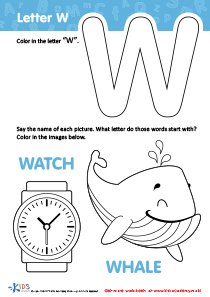Hand-eye Coordination Normal Grade 2 Alphabet Worksheets
6 filtered results
-
From - To
Enhance your second grader’s hand-eye coordination with our engaging Alphabet Worksheets, designed specifically for Grade 2 students. These worksheets provide a fun and interactive way for children to practice letter recognition and writing skills while improving their hand coordination. Each activity targets both fine motor skills and cognitive development, ensuring a well-rounded learning experience. As your child traces, colors, and completes various letter-based exercises, they'll build confidence and competence in their writing abilities. Explore our collection of printable worksheets today and watch your child thrive in their literacy pursuits while developing essential hand-eye coordination skills!
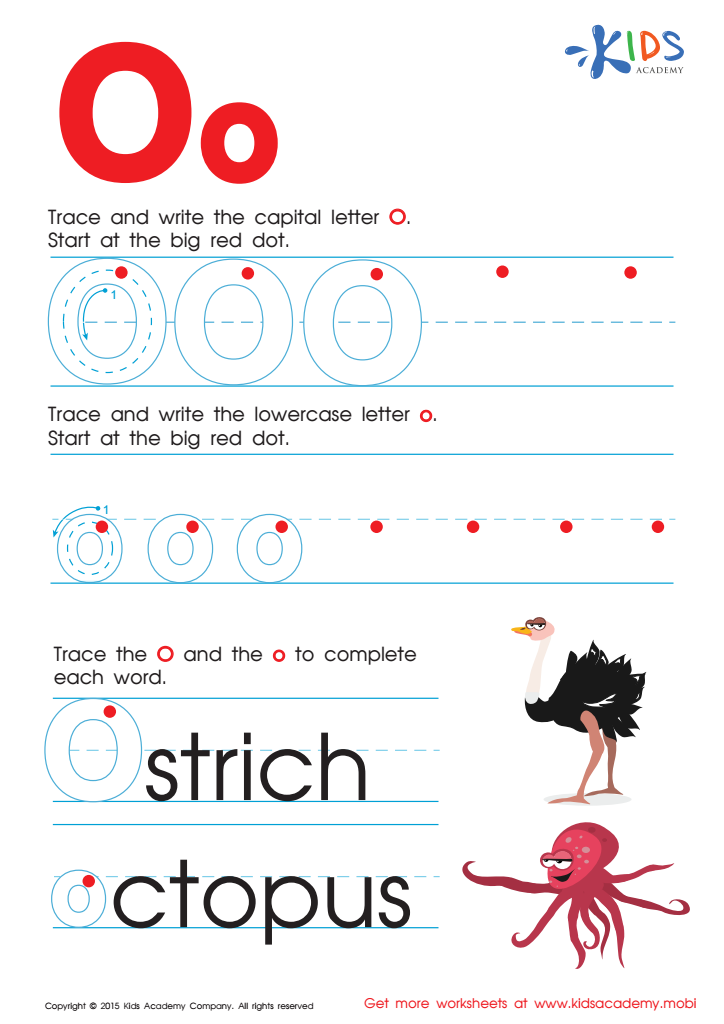

Letter O Tracing Page
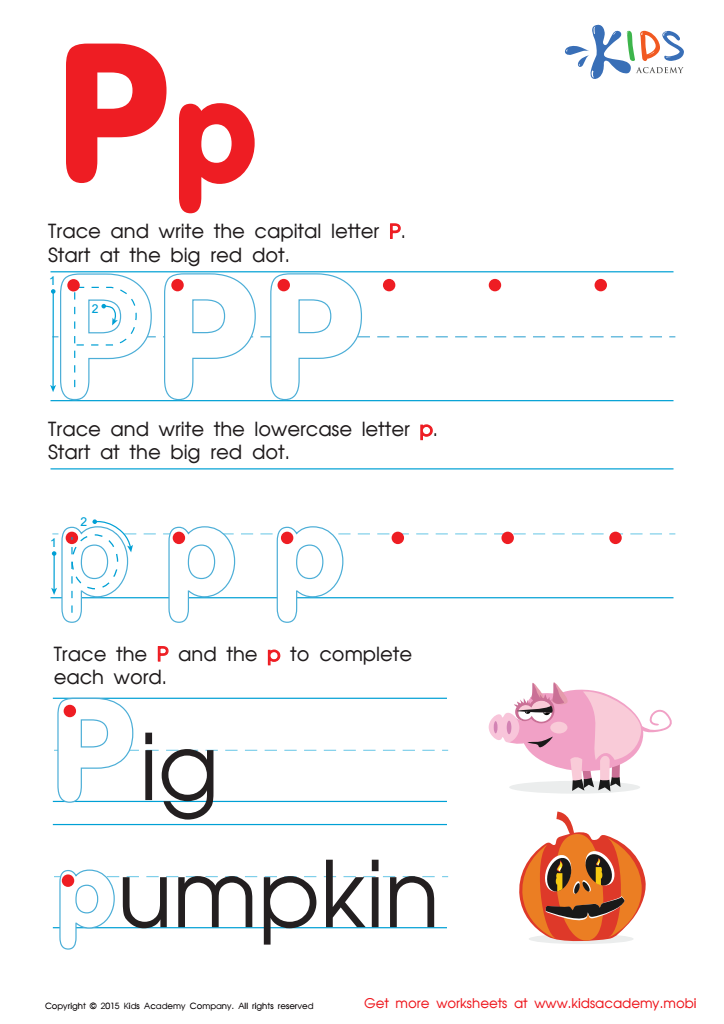

Letter P Tracing Page
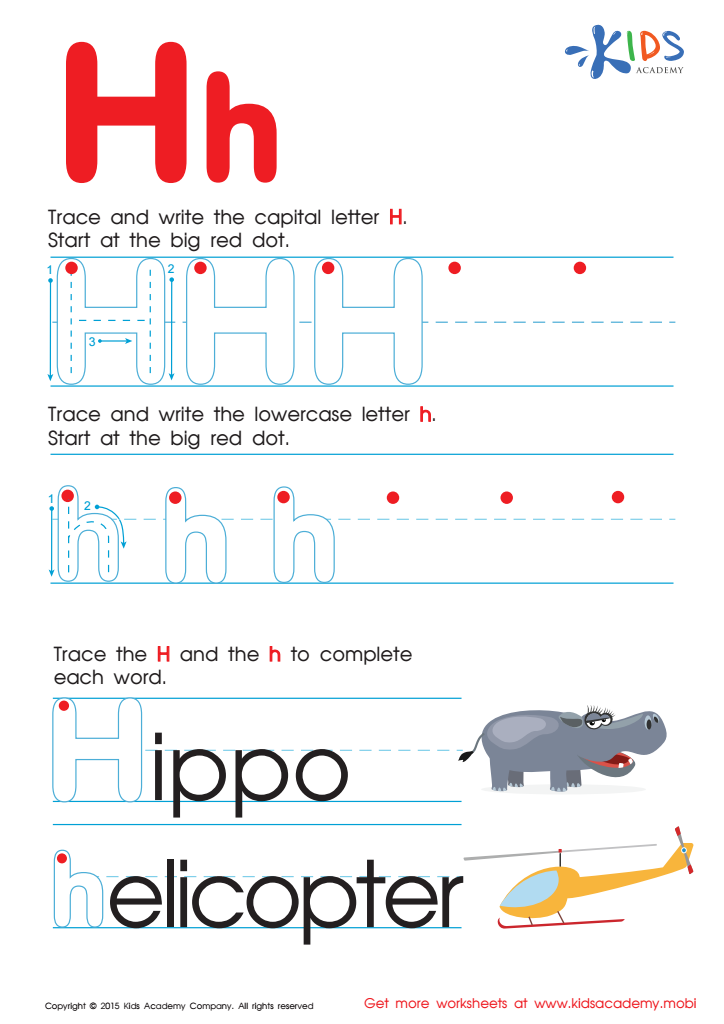

Letter H Tracing Page
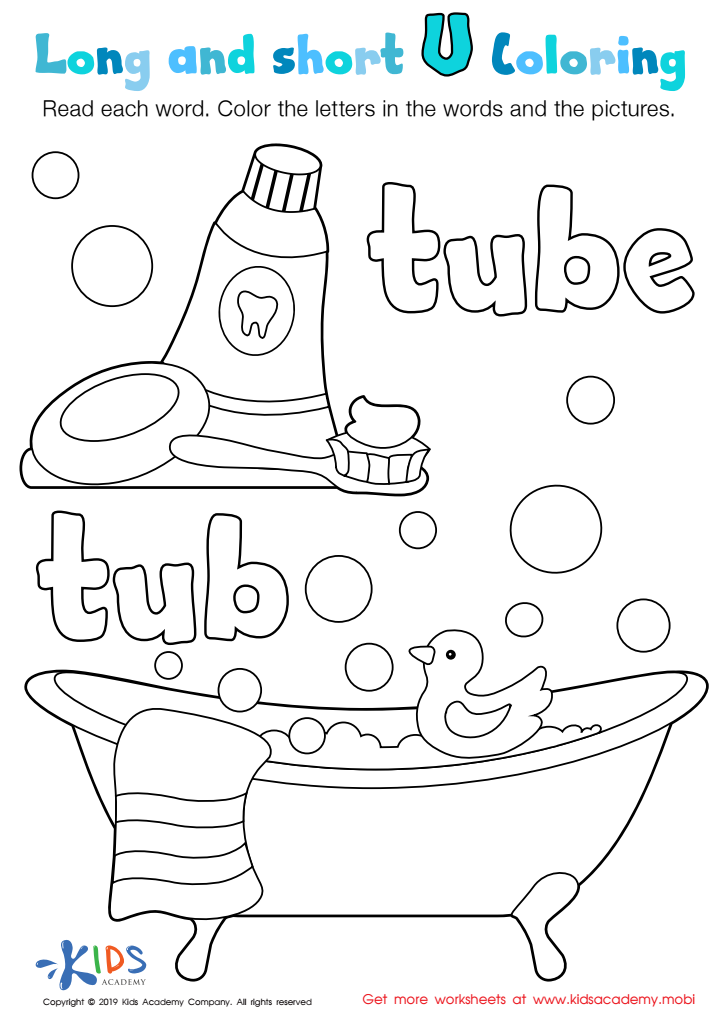

Long and Short U Worksheet
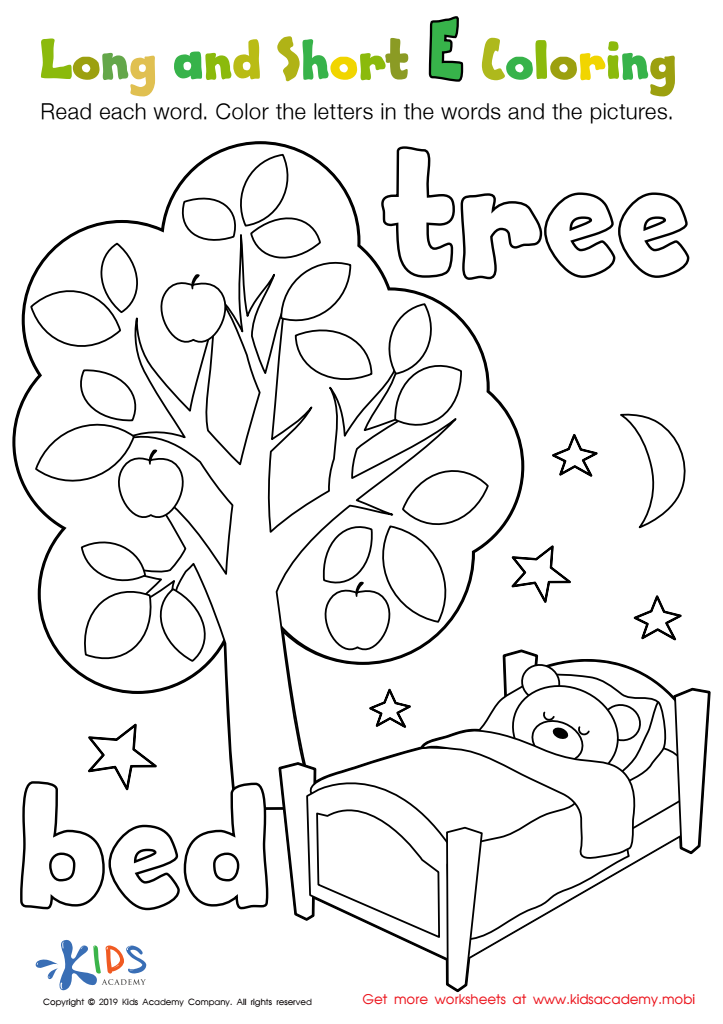

Long and Short E Worksheet
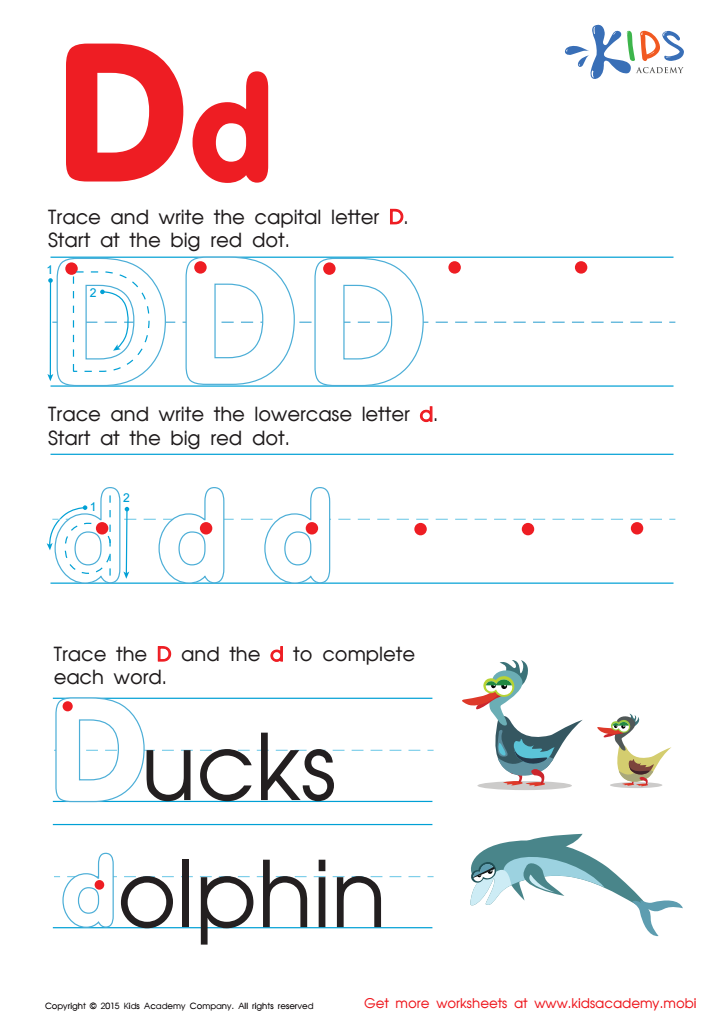

Letter D Tracing Page
Hand-eye coordination is a crucial skill for children, particularly in Grade 2, when they engage in various activities that require precise movements. Parents and teachers should care about this developmental aspect for several reasons.
Firstly, hand-eye coordination is essential for academic success. In Grade 2, students begin to tackle more complex tasks such as writing, drawing, and using classroom tools, all of which demand good hand-eye coordination. Improved coordination contributes to better handwriting and helps children express themselves through creative art projects.
Moreover, this skill plays a pivotal role in developing fine motor abilities. Children with strong hand-eye coordination are often more adept with other basic skills, such as cutting with scissors or managing personal belongings, which can enhance their confidence and independence.
Additionally, hand-eye coordination is linked to sports and recreational activities. Athletic skills, including catching, throwing, and hitting, rely heavily on this ability, fostering a healthy lifestyle and team spirit. Encouraging coordination activities, such as playing catch or engaging in arts and crafts, can lead to holistic development.
Ultimately, supporting hand-eye coordination not only helps in academic pursuits but also nurtures physical, emotional, and social well-being, contributing to a well-rounded education experience.

 Assign to My Students
Assign to My Students










